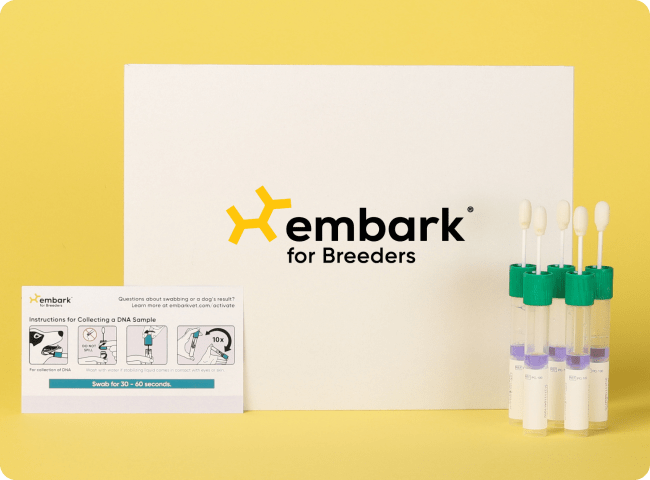
Antti Iivanainen, DVM, PhD
Professor of Veterinary Anatomy, Director of the Bachelor Progaram in Veterinary Medicine, University of Helsinki
Hip dysplasia (HD) is a non-congenital and multifactorial disorder that affects several canine breeds. HD is chronic and often painful, and can significantly lower the quality of life. It usually develops during rapid growth in juvenile dogs. The increased laxity destabilizes the joint leading to a progressive complex phenotype. Different sub-traits include, e.g., joint incongruency, shallowness of the acetabulum, deformation of the femoral head, varying degrees of subluxation, erosion of the articular cartilage, sclerosis in the subchondral bone and formation of osteophytes. HD is evaluated by aggregating several sub-traits from hip- extended ventrodorsal radiographs. The clinical signs vary from occasional stiffness to severe chronic pain and impaired mobility of the joint. The breed-specific frequency of HD varies from 0 to 71% [The Orthopedic Foundation for Animals]. Differences in growth rate, obesity, exercise habits and muscle condition, and in biomechanical, nutritional and hormonal factors have been suggested to contribute to the risk of developing HD. Heritability (h2) estimates vary typically between 0.15 and 0.80 indicating a significant genetic component. Individual loci have a rather limited contribution to the overall genetic risk. Further, there have been great difficulties to validate the observed associations using independent cohorts. We conducted a case-control study using a cohort of 769 German Shepherds. We found significantly associating SNP-markers in chromosomes 1, 9 and 28 with genes such as NOX3, ARID1B, NOG and NANOS residing nearby. We also found deletion variants upstream NOG and showed that they affect reporter gene expression in vitro. Using a 1572 dog cohort from ten breeds we validated the association of 23 previously identified markers across 21 loci in 14 autosomes. Proteins involved in the neddylation protein modification pathway were overrepresented among the >250 protein coding genes residing within one megabase of the 23 markers.
About the Speaker
After receiving his DVM degree in 1988 from the College of Veterinary Medicine in Helsinki, Finland, Anti livanainen worked as a district veterinarian in northern Finland. He then turned to academia and received research training at the University of Oulu (1992- 1995) and at the Karolinska Insitute in Stockholm, Sweden (1995-1998). Since then, he has worked at the University of Helsinki where he is currently leading the Bachelor Program in Veterinary Medicine. His research group is interested in interactions in development
2022 Canine Health Summit Sessions
Welcome to the Embark Health Summit
Ryan Boyko, Embark CEO & Jon Ambrose, MBA
Keynote presentation: Understanding the Genetics of Canine Cancer
Jacquelyn Evans, PhD
Canine Reproductive Emergencies
Jenna Dockweiler, MS, DVM, DACT, CCRT, CVAT
Responsible Breeding Practices
Jenna Dockweiler, MS, DVM, DACT, CCRT, CVAT
Why Should We Consider Genetic COI in Breeding Decisions?
Samantha Hauser, PhD
Breeding Healthy Puppies and Sustaining Your Breed: The Goal & How We Get There
Brenda N. Bonnett, DVM, PhD
An Update on the Management of Canine Acute Intervertebral Disc Extrusion
Sarah Moore, DVM, DACVIM
Breeding Against Complex Diseases in Dogs
Joanna J. Ilska, PhD
Day 1 Closing Remarks
Jon Ambrose, MBA
Controversies in Canine Reproduction
Autumn Davidson, DVM, MS, DACVIM
Canine Copper Storage Disease, Nature or Nurture?
Hille Fieten, DVM, MSc, PhD
Genetics of Problem Behaviors in Dogs
Carlos Alvarez, PhD
Alaskan Sled Dogs, the Genetics and Selection of Elite Canine Athletes
Heather Huson, PhD
Chondrodystrophy: What It Is and Why We Seem to Like It So Much
Danika Bannasch, DVM, PhD
Studies on Canine Hip Dysplasia
Antti Iivanainen, DVM, PhD
Day 2: Closing Remarks
Jon Ambrose, MBA

